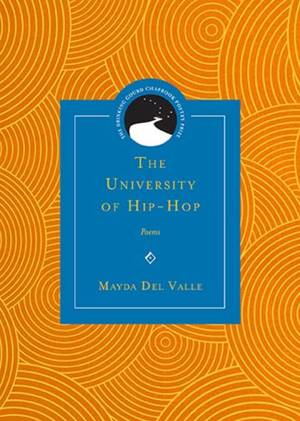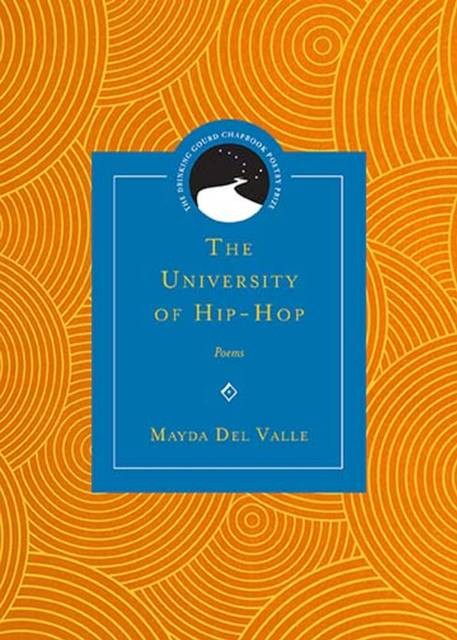
- Afhalen na 1 uur in een winkel met voorraad
- Gratis thuislevering in België vanaf € 30
- Ruim aanbod met 7 miljoen producten
- Afhalen na 1 uur in een winkel met voorraad
- Gratis thuislevering in België vanaf € 30
- Ruim aanbod met 7 miljoen producten
Zoeken
Omschrijving
The University of Hip-Hop is a love letter to the city of Chicago, or, more specifically, to Chicago at a particular moment in the poet's life. It is a meditation on movement and migration that asks what it means to leave home, how to take home with you, and how to build a new home elsewhere. These poems invoke nostalgia tempered with the knowledge that one cannot return to the past. They employ tonal and structural variations that account for said nostalgia without risking naïveté, taking all the influence of that time (hope, youth, love, music, art, and engagement) as a formal device, yet one filtered through the condensation of a current, more mature and nuanced understanding. The worldview learned then is employed in the now and frames the approach to the work, moving through formal registers that include spoken word, American lyric and narrative traditions, experimental thrusts, and documentary honed with the edge of hip-hop.
Specificaties
Betrokkenen
- Auteur(s):
- Uitgeverij:
Inhoud
- Aantal bladzijden:
- 48
- Taal:
- Engels
- Reeks:
Eigenschappen
- Productcode (EAN):
- 9780810135093
- Verschijningsdatum:
- 15/01/2017
- Uitvoering:
- Paperback
- Formaat:
- Trade paperback (VS)
- Afmetingen:
- 124 mm x 173 mm
- Gewicht:
- 122 g

Alleen bij Standaard Boekhandel
+ 30 punten op je klantenkaart van Standaard Boekhandel
Beoordelingen
We publiceren alleen reviews die voldoen aan de voorwaarden voor reviews. Bekijk onze voorwaarden voor reviews.











